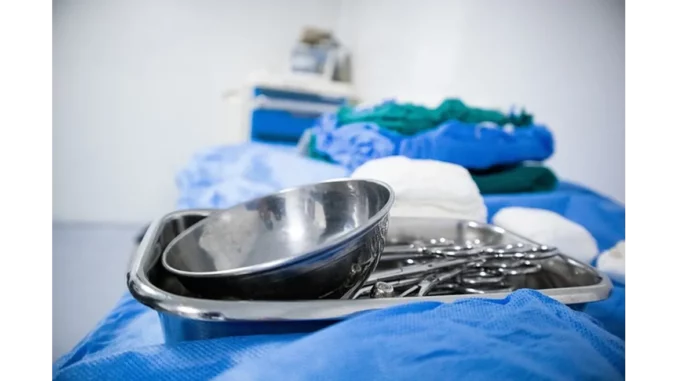
In the rapidly advancing field of surgical preoperative planning, the integration of cutting-edge technology has significantly enhanced the precision and effectiveness of surgical procedures. To explore the dynamics of this burgeoning market, I recently engaged in a conversation with Dr. Emily Carter, a distinguished healthcare technology consultant. Her insights into the present and future landscape of the surgical preoperative planning software market offer a fascinating glimpse into the transformative potential of this technology.
Dr. Carter’s enthusiasm for healthcare innovation is evident as she recounts the changes she’s witnessed in surgical planning over recent years. “The shift in the landscape is truly astonishing,” she begins. “Surgical preoperative planning software, augmented by artificial intelligence and machine learning, has become a critical component in achieving improved surgical outcomes.” According to Dr. Carter, this market is on a robust growth trajectory, expected to expand at a compound annual growth rate of 12.09% from 2024 to 2031. This growth is propelled by several factors, including the rising demand for minimally invasive procedures and the movement towards personalised medicine. “Patients today expect precision, and these software systems equip surgeons with the necessary tools to meet those expectations,” she explains.
Our conversation naturally turned to the key players shaping this space, such as AGFA Healthcare, Stryker, Biomet, Brainlab, and Carestream. Dr. Carter notes each company’s unique contributions, stating, “These industry leaders are not only competing in terms of technological prowess but also in how they integrate with existing hospital systems and workflows.” She expands on the market dynamics, highlighting how advancements in 3D imaging and simulation have become pivotal. “These innovations enable intricate visualisation, which is crucial for planning complex surgeries,” she notes. Furthermore, the integration with electronic health records (EHR) systems enhances the software’s ability to offer personalised surgical plans based on a comprehensive view of the patient’s medical history.
Despite the promising growth, Dr. Carter acknowledges several challenges that persist. “One significant challenge is the high cost of implementation and the necessity for specialised training,” she observes. Nonetheless, she remains optimistic, suggesting that as the technology matures, improvements in software scalability and ease of integration are likely. “There is a concerted effort between software developers and healthcare professionals to streamline these processes,” she adds. This collaboration is vital for overcoming obstacles and ensuring that the advantages of surgical preoperative planning software are maximised across diverse medical settings, from hospitals to specialised orthopaedic clinics.
Dr. Carter also sheds light on the regional nuances of the market, noting that “North America holds a significant share due to its advanced technological infrastructure and the presence of major market players.” Meanwhile, the Asia-Pacific region is emerging as a focal point of growth, driven by rapid industrialisation and a burgeoning healthcare sector. “Countries like China and India are investing heavily in healthcare infrastructure, which bodes well for the adoption of these technologies,” she explains. Additionally, favourable government policies in regions such as Europe and Asia-Pacific are promoting sustainable and innovative practices, further supporting market expansion.
As our discussion drew to a close, Dr. Carter shared her vision for the future of surgical preoperative planning software. “The potential is immense,” she enthuses. “We are moving towards a future where surgeries are not only more precise but also safer and more efficient.” She anticipates that ongoing advancements in AI, combined with increased collaboration between technology providers and healthcare practitioners, will drive the next wave of innovation. “Ultimately, it’s about enhancing patient outcomes and improving the overall quality of care,” she concludes.
In a world where technology is continually reshaping the contours of medicine, the insights shared by Dr. Carter illuminate the transformative power of surgical preoperative planning software. As the market evolves, the focus remains steadfastly on harnessing these innovations to deliver superior healthcare solutions for all. Her perspective underscores the promise of a future where technology and healthcare work hand-in-hand to ensure that surgical procedures are both precise and patient-centric, thereby revolutionising the medical landscape.


Be the first to comment